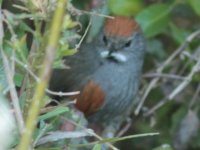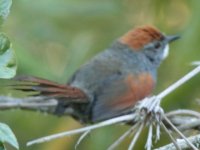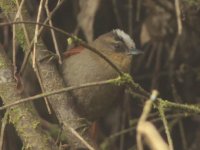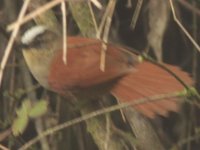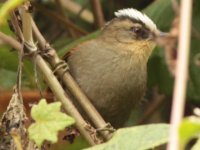Hi Folks
We are finalising plans for a Peru trip between 29th Nov and 21st Dec. There are 2 main blocks and we'd be pleased if you'd join us for either or both of them. Two of us already but it would be good to have another two to 4 people. We already have expert guides, drivers, accommodation etc. lined up.
The outline itinerary is:
Block 1: Carpish Tunnel, Bosque Unchog, Lake Junin, Santa Eulalia, Satipo Road. Key trip for central Peru endemics like pardusco, bay-vented cotinga, Milpo Tapaculo, Black-Spectacled Brush-Finch etc.
Block 2: Peruvian Amazon. Iquitos & surrounds. Endemics like iquitos gnatcatcher, wide variety of amazonian species.
Daily cost will be around $200 per day depending on numbers. Will be slightly higher for lodge nights.
Fernley
We are finalising plans for a Peru trip between 29th Nov and 21st Dec. There are 2 main blocks and we'd be pleased if you'd join us for either or both of them. Two of us already but it would be good to have another two to 4 people. We already have expert guides, drivers, accommodation etc. lined up.
The outline itinerary is:
Block 1: Carpish Tunnel, Bosque Unchog, Lake Junin, Santa Eulalia, Satipo Road. Key trip for central Peru endemics like pardusco, bay-vented cotinga, Milpo Tapaculo, Black-Spectacled Brush-Finch etc.
Block 2: Peruvian Amazon. Iquitos & surrounds. Endemics like iquitos gnatcatcher, wide variety of amazonian species.
Daily cost will be around $200 per day depending on numbers. Will be slightly higher for lodge nights.
Fernley





